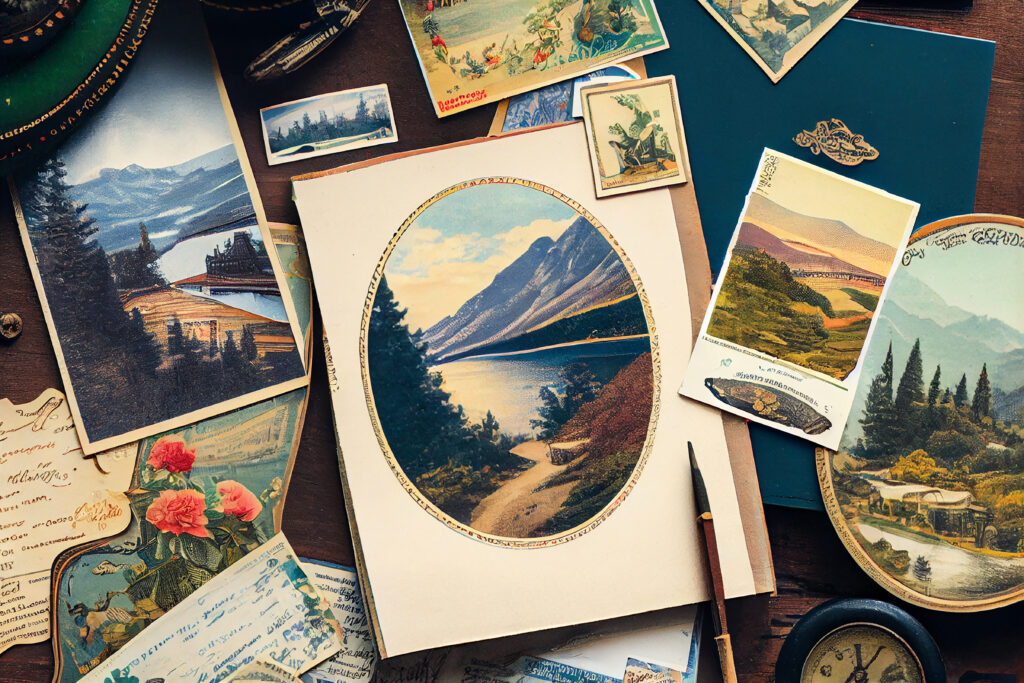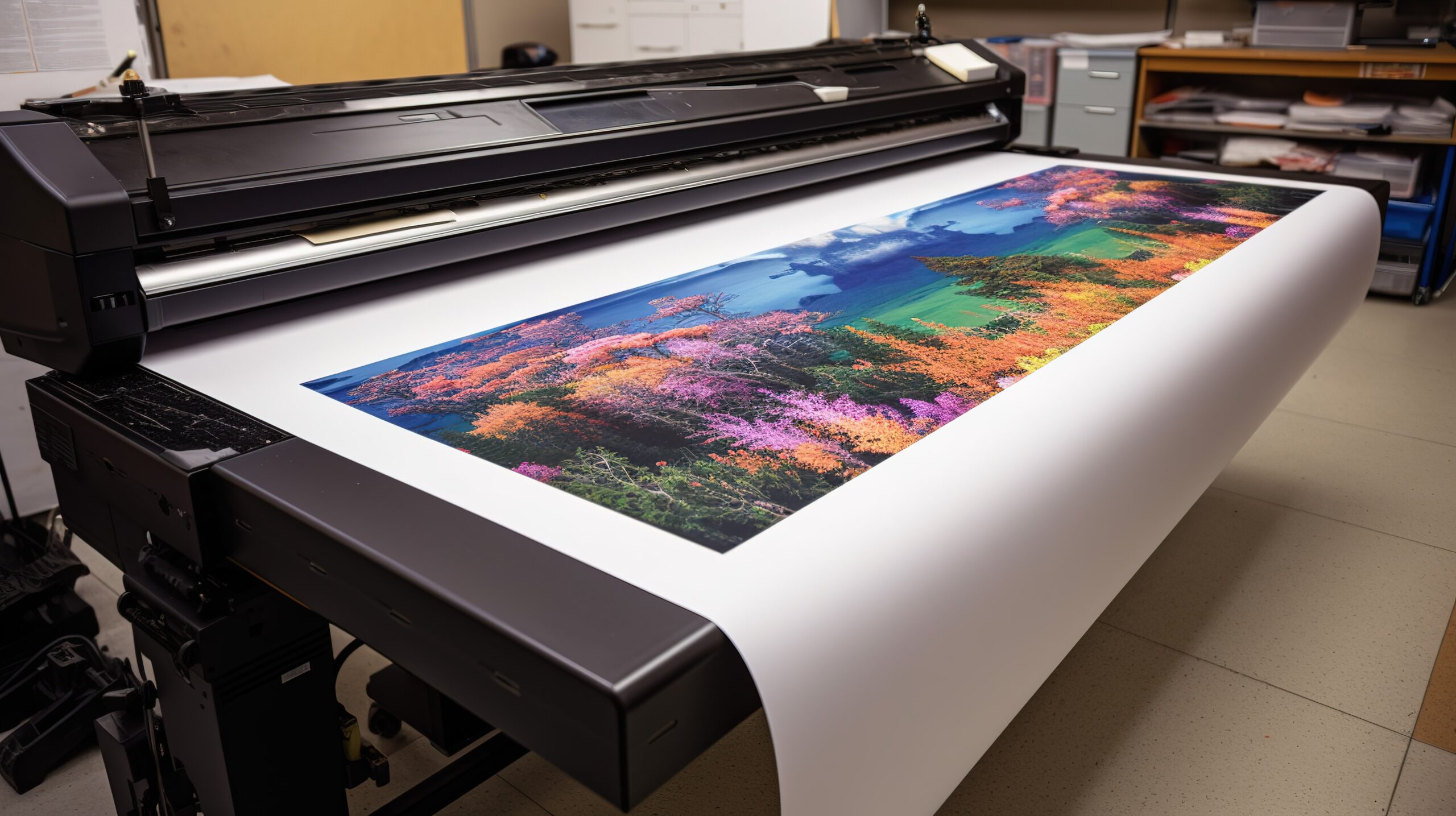
Role of Wide-Format Printing in Fine Art Reproductions
In the realm of fine art, where every brushstroke and detail is cherished, the role of wide-format printing has undergone a remarkable transformation. As artists and art enthusiasts alike seek to replicate and preserve the masterpieces of the past and present, the marriage of technology and creativity has opened doors to unprecedented possibilities. Wide-format printing, once confined to the domain of commercial advertising and signage, has emerged as an essential tool for fine art reproduction, offering a bridge between the traditional and the contemporary. In this article, we will delve into the captivating world of wide-format printing and its pivotal role in faithfully capturing the essence of iconic artworks, enabling art lovers to experience the profound beauty and intricacies of these creations as never before.
What is Wide Format Printing?
Wide-format printing, also known as large-format printing, refers to the process of producing prints that are significantly larger than standard-sized documents, posters, or photographs. This form of printing is essential for creating large-scale graphics, such as trade show banners, billboards, architectural drawings, fine art reproductions, and signage. Wide-format printers are specifically designed to handle media that is much larger in width and length than typical desktop printers, enabling the production of oversized visuals with high-quality detail and clarity.
Wide-format printing utilizes a variety of printing technologies, including inkjet and dye-sublimation, to print images on various substrates like paper, vinyl, canvas, fabric, and more. These printers can accommodate a wide range of sizes, from 18 inches to several feet in width or even larger, depending on the specific model. It’s an essential tool for businesses and professionals seeking to create impactful visual displays and presentations, whether for marketing, artistic expression, or technical documentation.
Wide-format printing technology continues to advance, offering increasingly precise colour reproduction, faster printing speeds, and compatibility with a broader array of materials. This versatility makes it a valuable resource for any industry or application that requires large-scale, high-quality graphics or documents.
Role of Printing in Fine Art Reproductions
Printing plays a vital role in fine art reproductions by offering artists and art enthusiasts a means to replicate and share the beauty of masterpieces with a wider audience while preserving their integrity. This process involves using advanced wide-format printers and high-quality inks to recreate artwork with stunning detail, colour accuracy, and texture.
One key aspect is the ability to accurately reproduce paintings, sculptures, and other art forms. Advanced scanning and printing technologies capture every nuance, from brushstrokes to colour gradients, ensuring that the printed reproduction closely mirrors the original. This enables art lovers to appreciate the intricate details and emotions conveyed by the artist, even if they cannot view the original artwork in person.
Additionally, fine art printing allows for the creation of limited-edition reproductions, making renowned artworks accessible to a broader audience. It also provides artists with a means to share their creations with a wider market, generating income and recognition. Moreover, fine art printing has made art more durable and resistant to fading, ensuring that these reproductions can be enjoyed for generations.
Key Process on How Printing Works in Fine Art Reproductions
Here are some key steps in the process of fine art reproduction through printing:
- Flatbed Scanning & Digital Capture: The first crucial step in fine art reproduction involves creating an optimal print file. This process initiates with a high-resolution fine art scan or a photographic digital capture of the original artwork.
- Colour Correction: Another integral part is the colour correction of each file intended for printing. These files are meticulously checked for issues such as dust, scratches, or any other imperfections that could potentially affect the final print quality.
- Material Selection: Before commencing any printing project, the choice of printing media is essential. It’s important to note that a single print file that has undergone colour correction on a calibrated monitor may yield different results on various print surfaces. To address this, many artists opt to test their files on multiple surfaces to find the one that best suits each project.
- Proofing and Test Prints: The recommended approach involves generating a proof or test print for each file to ensure the final output closely matches the desired result. Additional colour adjustments can then be implemented during the proofing process to refine the final print, ensuring the highest print quality is achieved.
- Printing and Production: After completing the proofing phase, it’s time to transition to the production stage. It is crucial to meticulously examine each print to maintain colour consistency and guarantee that each one is finished with the utmost precision and clarity.
Would Reproductions via Printing Devalue Fine Artworks?
The impact of reproducing fine artworks through printing on their value can vary depending on several factors:
- Limited Editions
If fine artworks are reproduced as limited editions with a clear and controlled number of copies, it can enhance their value. Collectors often seek limited-edition prints as they maintain a level of exclusivity. - High-Quality Reproduction
The quality of the reproduction matters. High-quality prints that capture the nuances and details of the original artwork can be considered valuable in their own right. - Artist Involvement
If the artist is directly involved in the printing process or signs and numbers each print, it can add value. Artist-signed prints are often highly sought after. - Art Market Trends
Market trends and demand for specific artists or artworks can also influence the value of reproductions. If there is a strong demand for a particular artist’s prints, it can positively affect their value. - The intent of Reproduction
The intent behind reproducing an artwork matters. If it’s done solely for commercial mass production without consideration for quality or artistic integrity, it may devalue the original and subsequent reproductions. - Authentication and Certification
Proper documentation and certification of reproductions can add value and authenticity to the prints, making them more desirable to collectors.
Reproductions via printing can have both positive and negative effects on the value of fine artworks. When done thoughtfully and with care, reproductions can complement the original artwork and provide more accessibility to a wider audience without necessarily devaluing the originals.
In the world of fine art, the role of wide-format printing is nothing short of transformative. It serves as a powerful bridge between the artist’s vision and the art-loving audience, democratizing access to exceptional artworks. Through the precision and fidelity it offers, wide format printing not only preserves the integrity of the original pieces but also opens up new avenues for artists and collectors alike. As technology continues to advance and wide format printing techniques evolve, it reaffirms its vital role in bringing the timeless beauty of fine art to life and ensuring that its allure and value endure across generations.
If you’re a business owner running a printing service shop and you’re looking for expert guidance to select the perfect printers for your needs, don’t hesitate to reach out to us. Our team of experienced professionals is here to assist you in making informed decisions to enhance your printing capabilities and meet your business goals. Contact us today to get started on the path to improved printing services and increased customer satisfaction. Your success is our priority, and we’re here to support your journey.









